Que Quoc Temple was built around the 18th century, worshiping 5 gods: Duc Kha Dao Son phu nhan, Chinh Toan Thien Tien princess, Tan Vien mountain saint, Hung Dao Dai Vuong Tran Quoc Tuan and Tran Khac Chung. According to legend, these gods helped the country fight foreign invaders and helped the people in different historical periods.
Over time and the ups and downs of history, the 18th century temple has deteriorated, leaving only traces of the foundation and the stone pillars. In 2015, the local government and people joined together to contribute manpower and resources to restore and rebuild the temple on the old land.
Que Quoc Temple was built in an open architectural style, in harmony with nature and the landscape environment, with a "T" shaped architectural plan with 3 front rooms and 1 back room. Inside there is a village well hundreds of years old, with a full water source all year round to serve the lives of local people.
With its core cultural values preserved and promoted, in 2023, Que Quoc Temple was honored to receive the ranking of a provincial historical and cultural relic, showing respect and gratitude for the contributions and merits of our ancestors to our homeland and country. Que Quoc Temple is also a place toeducate the tradition and morality of "When drinking water, remember its source" for future generations.
When mentioning Que Quoc Temple, it is impossible not to mention the rope pulling festival, this is the main and biggest festival of Yen Tinh village. As scheduled, every year on the 6th of January, in the grounds of Que Quoc Temple, there will be many spiritual ritual activities, cultural exchanges, rope pulling, swinging, blindfolded duck catching, chess, sports competitions... attracting a large number of people and tourists to participate in order to bring a joyful atmosphere, solidarity of the people and hope, wish for a new year of peace and prosperity.
The Song String Festival is not only an occasion to pay tribute to ancestors who have contributed to the village and the country, but also an opportunity to promote the cultural identity imbued with the peaceful and happy character of the village associated with the long-standing tradition of wet rice cultivation.
Next to the Que Quoc temple grounds, there is also a “heritage” associated with many generations of people in Yen Tinh village, which is the Ba Coi banyan tree. Explaining this unique name, people in Yen Tinh village said that Ba Coi means 3 roots and 3 trunks on 1 tree.
Some say that this is a banyan tree with two young trees growing from the hole of the mother tree, which developed from birds eating the banyan fruit and dropping seeds on the mother tree's trunk; others say that this is a tree with aerial roots, which originally only existed as one tree, but its aerial roots developed into a trunk when it reached the ground. Up to now, there has been no complete verification of the age or special origin of this three-root banyan tree.
The elderly here say that they do not know when this Ba Coi banyan tree was built, but the image of the banyan tree has been associated with the elderly here since their childhood. Through many historical ups and downs, through many years, the Ba Coi banyan tree still stands majestically between heaven and earth to continue to the younger generations in the village until today. In the daily activities of the people or during festivals, the image of the Ba Coi banyan tree is always attached, inseparable and has been deeply imprinted in the hearts of many generations.
With the changes of modern life, the government and people in Dong Thinh commune in general and Yen Tinh village in particular join hands to preserve, conserve and promote traditional cultural and historical values, which has many profound meanings, so that cultural values and historical relics truly become a solid foundation for the development of culture and society in the future.
Huyen Linh
Source: http://baovinhphuc.com.vn/Multimedia/Images/Id/126395/Net-dep-doc-dao-cua-den-Que-Quoc-va-cay-da-Ba-coi





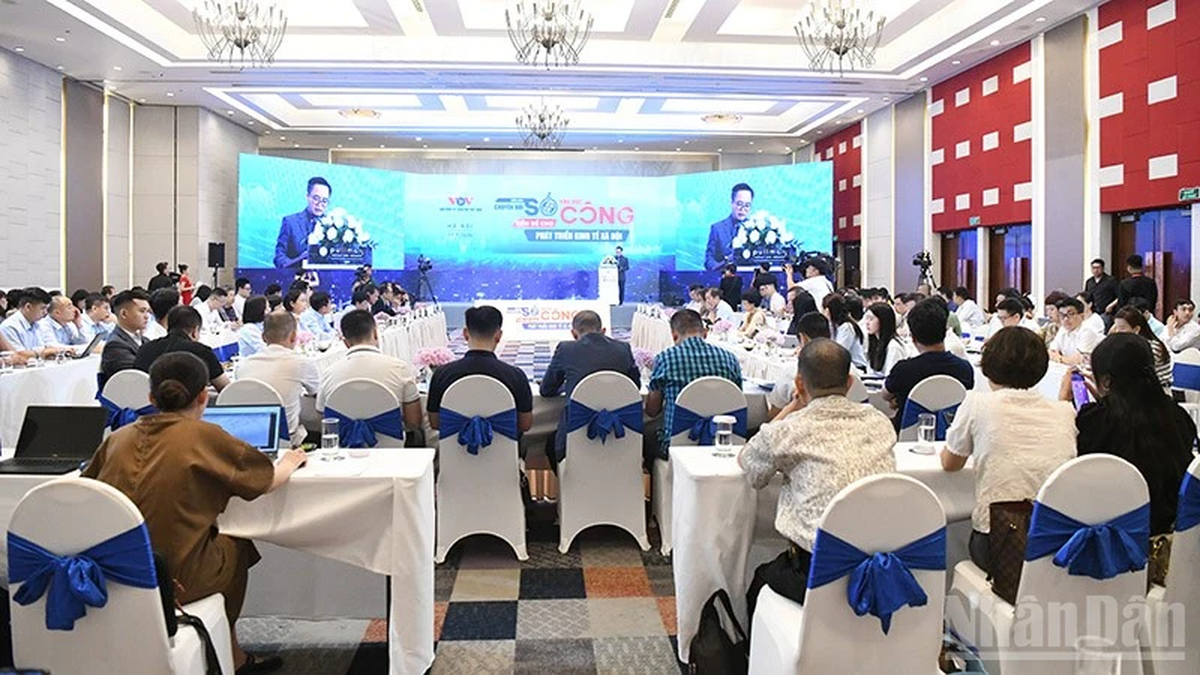
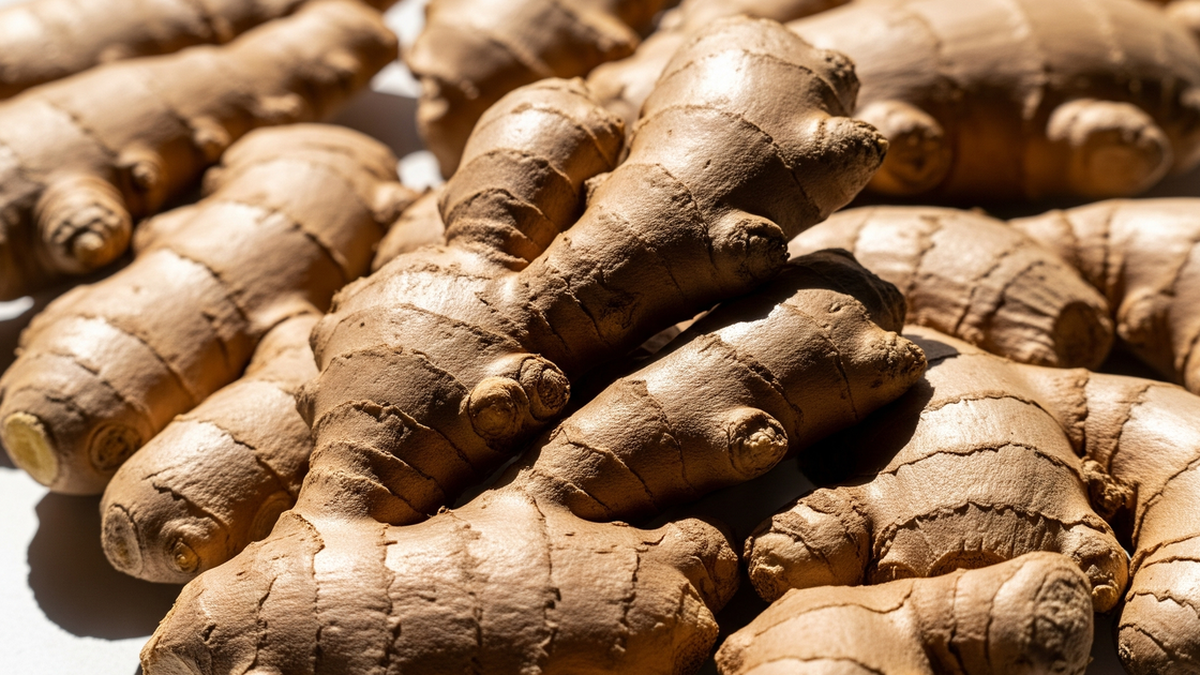







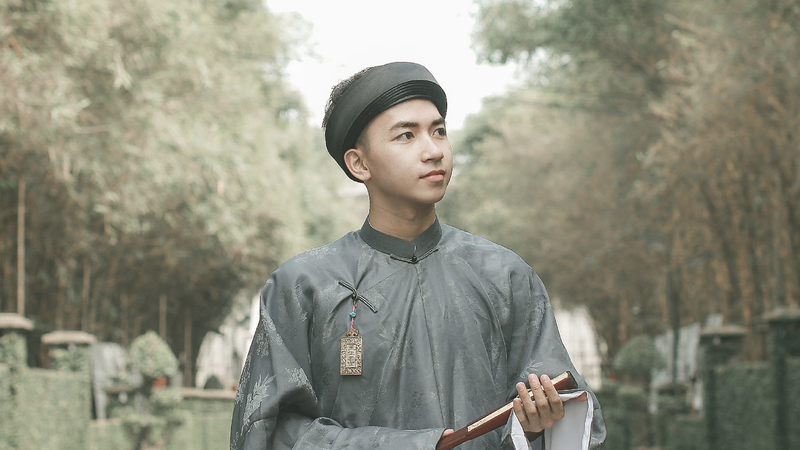



















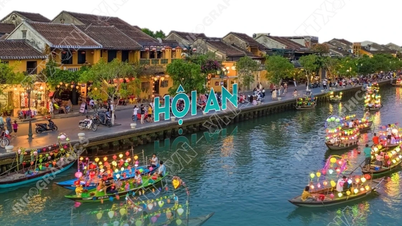

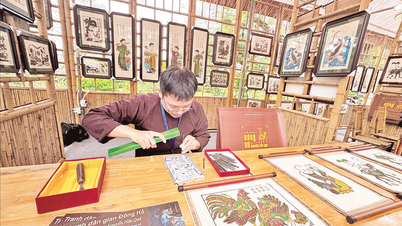



















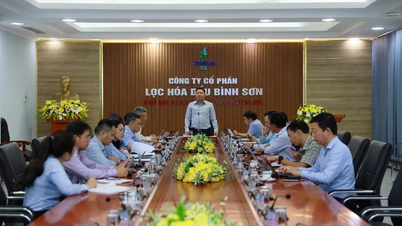




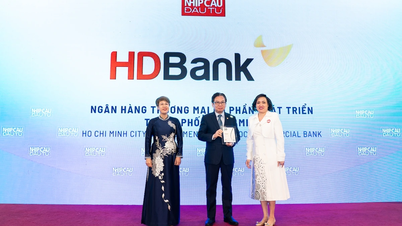




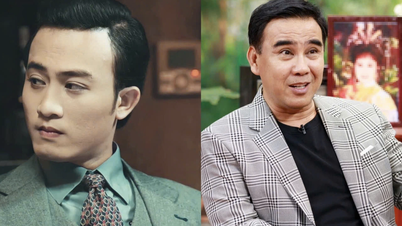








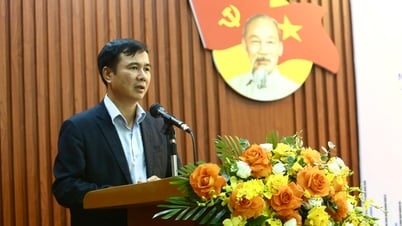
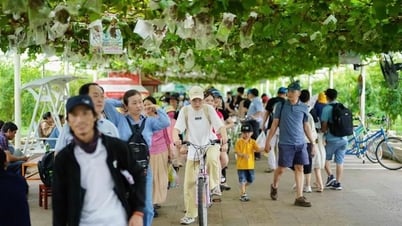
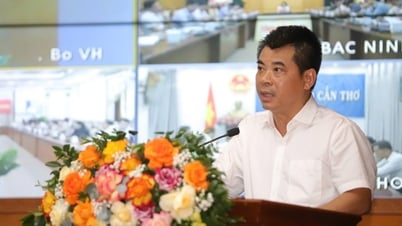
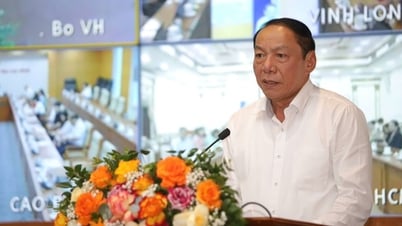








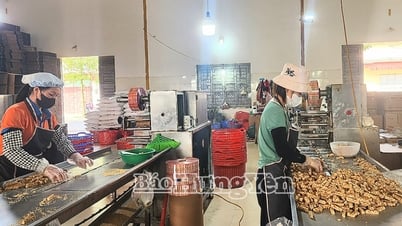











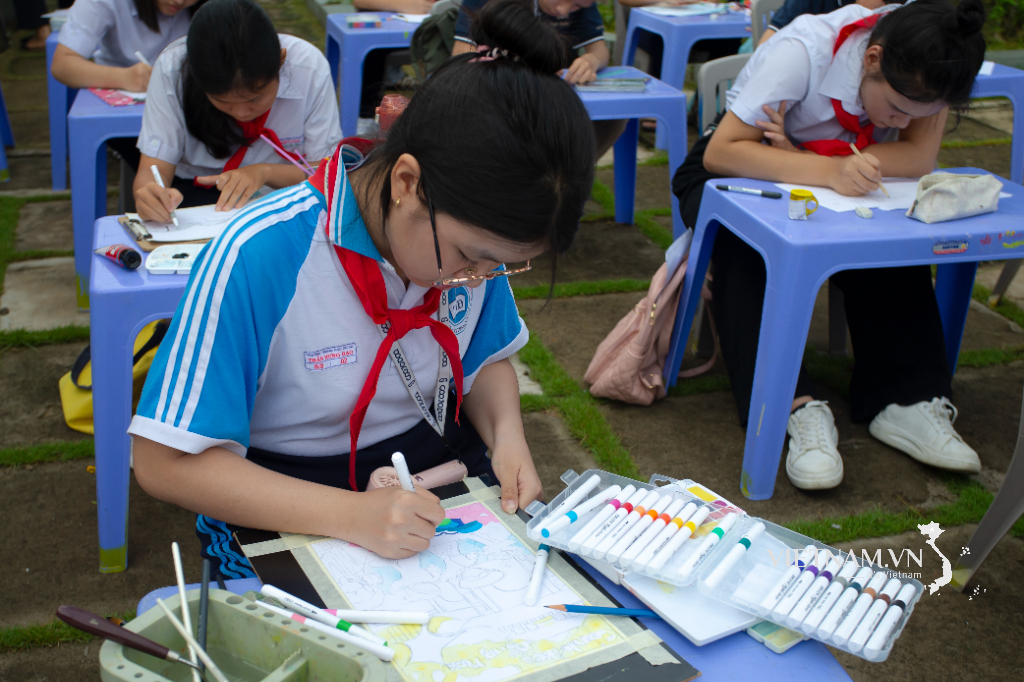
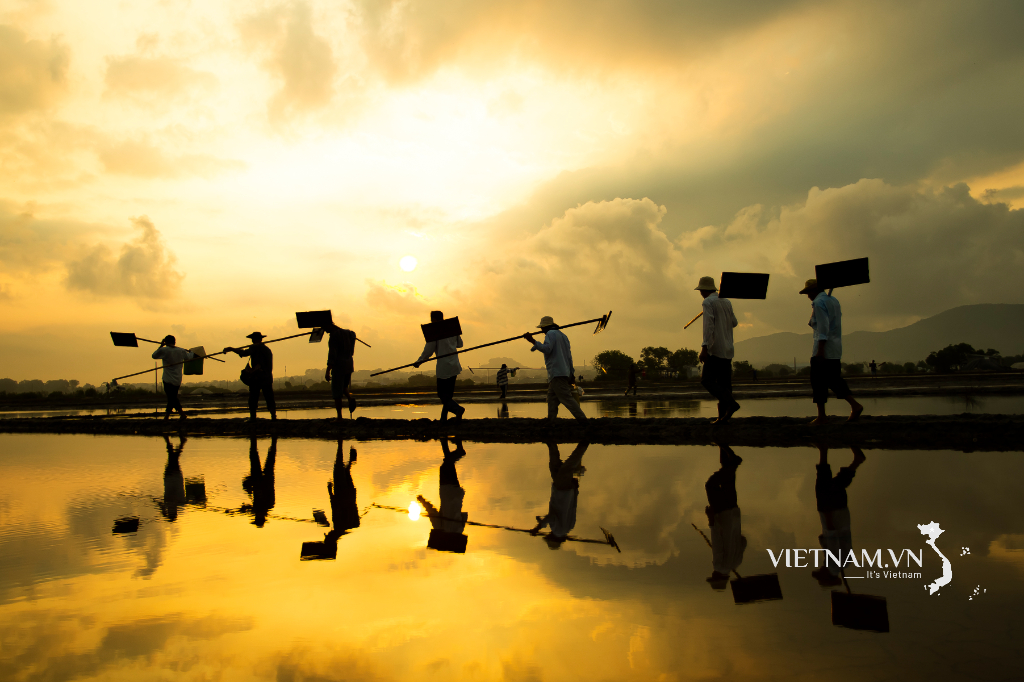


Comment (0)